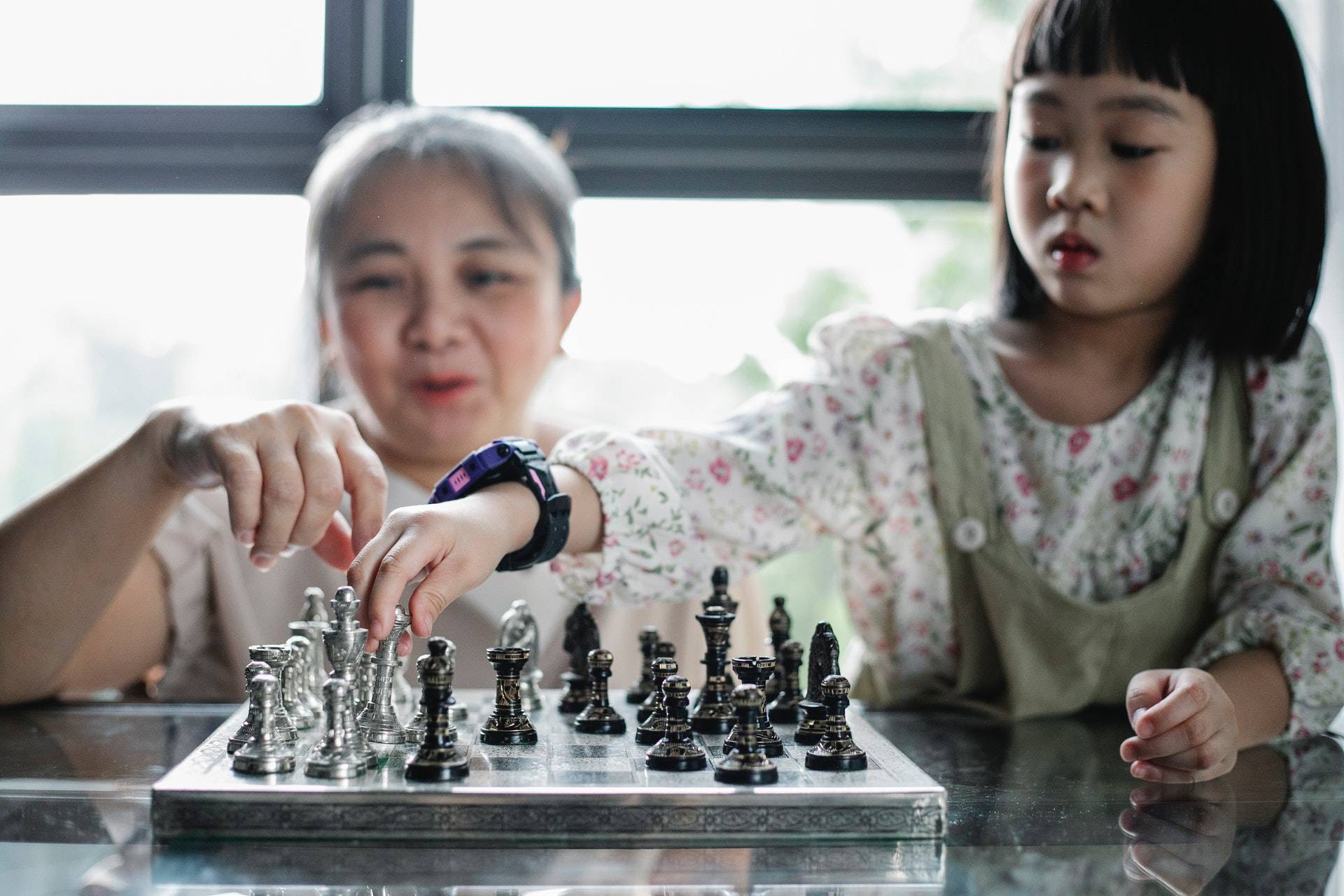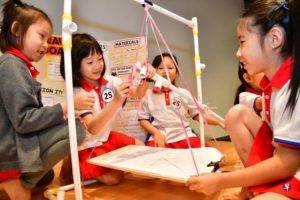It’s no secret that design thinking is becoming an increasingly important skill in the world. How is that the same as inventing solutions to problems? How can we teach our children to think like inventors and solve problems? In this blog post, we will discuss some ways to do just that!
Similarities Between Design Thinking and the Invention Process
Both processes seek to solve problems. They identify the user’s needs, brainstorm possible solutions, build prototypes, and test their creations. This process is often reiterative, meaning that they will go back and forth between steps as they refine their ideas. The key is to never give up until a solution is found, no matter how tough the journey gets!
Another key similarity between design thinking and the invention process is that both require creativity. To come up with new solutions, we need to be able to see things from different perspectives, ask questions, and think outside the box.
Think Like Inventors
So how can we teach our children to think like inventors? Here are a few suggestions:
- Encourage them to ask lots of questions. When children are curious and constantly asking questions, they are more likely to form new ideas.
- Encourage them to be creative. This can be done through activities such as arts and craft, music, or simply by giving them the freedom to explore and experiment.
- Remind them that there isn’t always one correct answer. This will help them to feel comfortable exploring different possibilities and taking risks.
- Encourage them to persevere when they face challenges. It is important to take risks, keep trying new things even when something doesn’t work out at first, and make mistakes. Children need to know that it’s okay to make mistakes and that they can learn from them.
By empowering our children to ask questions, be creative, explore different possibilities, and persist in the face of challenges, they can become problem solvers with innovative solutions! The world needs more of them, don’t we?




